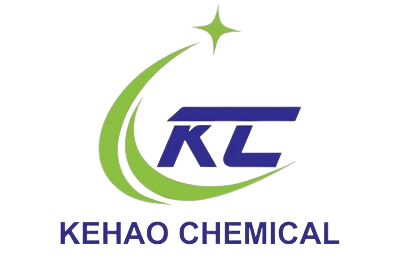Many HPMC factories list impressive specs—but how do you know if they’re accurate? Without proper verification, you risk buying substandard or inconsistent materials.
To verify the technical specs of a hydroxypropyl methylcellulose (HPMC) factory, focus on three areas: essential product parameters, the factory’s testing process, and the availability of credible documents and certifications.

Verifying HPMC specs is not just a technical formality—it directly affects how your construction products perform on-site. Inconsistent viscosity or inaccurate moisture content can ruin a tile adhesive mix or delay plaster setting times. That’s why knowing how to check these specs properly is so important, especially when you’re sourcing for B2B projects.
What Key Technical Parameters Should Be Provided by a Hydroxypropyl Methylcellulose Factory?
Have you ever looked at an HPMC COA and wondered what the numbers really mean? You’re not alone. Many buyers receive vague spec sheets that don’t match the product’s actual performance.
A reliable HPMC factory should provide clear, test-backed data on viscosity, moisture content, ash content, pH value, and gel temperature. These are non-negotiables for technical validation.

HPMC parameters chart
Here’s how I typically look at key parameters when verifying an HPMC product:
✔️ Primary Parameters You Should Always Check:
| Parameter | Typical Range | Why It Matters |
|---|---|---|
| Viscosity | 400 – 200,000 mPa.s | Controls workability and bonding strength |
| Moisture Content | ≤ 5% | Affects shelf life and handling |
| Ash Content | ≤ 5% | Indicates purity of raw materials |
| Gel Temperature | 58–90°C | Influences setting time and behavior in mix |
| pH Value | 6.0–8.5 | Should be neutral to avoid reacting with mix |
Each parameter affects product behavior. For example, if viscosity is unstable, the tile adhesive may sag or become too thick. If moisture content is too high, the shelf life shortens and the product may cake during storage.
As a rule of thumb, I ask the factory to provide test results under standardized conditions—usually a 2% solution at 20°C. If they can’t do this, I consider that a red flag.
How to Assess the Consistency and Accuracy of HPMC Factory Testing Methods?
It’s easy for a supplier to send one good batch and blame shipping or storage when quality drops later. That’s why I focus on how they test their products internally.
You should assess whether the HPMC factory uses calibrated equipment, follows repeatable standards, and provides third-party lab reports to confirm internal test results.
Here’s my checklist for evaluating a factory’s technical reliability:
🔍 Internal Testing: What I Look For
- Test Environment: Is the lab climate-controlled and dust-free?
- Equipment: Are the viscosity meters, moisture analyzers, and ash furnaces modern and well-calibrated?
- Repeatability: Can the factory run the same test three times and get consistent results?
- Test Protocols: Do they test by ASTM/DIN standards, or just their own methods?
📄 External Validation
| Validation Type | What to Ask For | Why It Matters |
|---|---|---|
| Third-Party Lab Report | Independent testing from SGS, TUV, etc. | Confirms internal test accuracy |
| Batch Traceability Sheet | Production date, shift, and raw materials | Links the sample to a real production run |
| Daily/Monthly QC Report | Repeated test logs over time | Shows consistency, not just a one-time test |
I always ask for a video of their testing process before placing a bulk order. Some factories, including ours at KEHAO, are happy to do this—it shows confidence in their quality control.
What Documentation and Certifications Should Come with HPMC Product Specifications?
You can’t trust specs on paper unless they’re backed by real documentation. And when something goes wrong, these files are your best protection.
A credible HPMC factory should provide COA, TDS, MSDS, ISO certification, and—if exporting to the EU—REACH registration. These confirm not only specs but legal and safety compliance.
Here’s what I check before confirming an order:
📘 Must-Have Documents from Your HPMC Factory
| Document | Purpose | Tips for Verification |
|---|---|---|
| COA (Certificate of Analysis) | Confirms actual test results of your batch | Should match your order’s batch number |
| TDS (Technical Data Sheet) | Overview of physical/chemical properties | Compare with your application needs |
| MSDS (Material Safety Data Sheet) | Safety handling and transport guide | Should comply with your country’s regulations |
| ISO 9001 | Quality management system certification | Check the certification body and expiry date |
| REACH (if EU) | EU chemical safety registration | Verify on the official ECHA site |
Some suppliers show fake or expired documents. I’ve learned to verify certification numbers online or by contacting the issuing agency. For REACH, the ECHA website lets you check if the company and chemical are listed.
At KEHAO, we share updated PDFs of all documents and keep them tied to production batch numbers. We also give customers sample COAs with full lab results before they even place a trial order.
Conclusion
To verify a hydroxypropyl methylcellulose factory’s specs, look beyond marketing and into their test methods, technical parameters, and certification files. That’s the only way to ensure stable, reliable quality.



